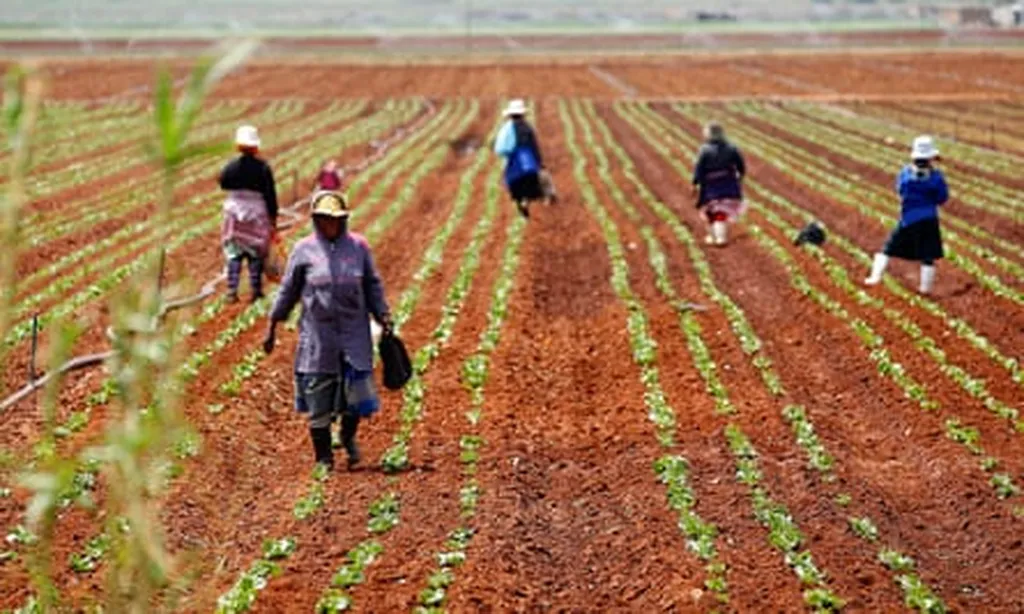In the heart of Johannesburg, a groundbreaking study led by Deo Shao from the Johannesburg Business School at the University of Johannesburg is shedding light on how artificial intelligence (AI) can revolutionize post-harvest management, a critical yet often overlooked aspect of global food security. Published in the journal *Sustainable Futures* (which translates to *Futuri Sostenibili* in English), this research delves into the potential of AI to reduce post-harvest losses, which currently account for nearly one-third of global food production.
Shao’s study employs the Technology-Task Fit (TTF) theory to evaluate how well AI aligns with the specific tasks involved in post-harvest management. This theory is crucial for understanding whether the capabilities of AI technologies are well-matched to the demands of the tasks they are intended to perform. The research identifies several key AI applications, including predictive analytics, automated sorting, quality assessment, and intelligent storage monitoring systems.
“AI has a high alignment with data-intensive tasks such as quality control and demand forecasting,” Shao explains. “However, its alignment is only moderate for physical tasks like packaging.” This nuanced understanding is vital for stakeholders in the agricultural sector, as it highlights both the strengths and limitations of AI in this context.
The study also uncovers significant barriers to AI adoption, particularly in low-resource agricultural settings. Limited digital infrastructure, affordability challenges, and digital literacy gaps are major hurdles that need to be addressed. To overcome these barriers, Shao recommends targeted subsidies, capacity-building programs, and improved rural connectivity. These policy recommendations could pave the way for more widespread and effective use of AI in post-harvest management.
The commercial implications of this research are substantial. By reducing post-harvest losses, AI can enhance food security and promote sustainable agricultural practices. This, in turn, can lead to more stable food supplies, lower prices for consumers, and increased profitability for farmers and agribusinesses. The energy sector also stands to benefit, as more efficient food distribution systems can reduce the energy required for transportation and storage.
Shao’s research is not just about identifying current applications and barriers; it also points towards future developments. As AI technologies continue to evolve, their alignment with various post-harvest tasks is likely to improve. This could open up new opportunities for innovation and investment in the agricultural sector.
In conclusion, Shao’s study published in *Sustainable Futures* offers a comprehensive and critical review of AI’s role in post-harvest management. By providing a clear understanding of the technology-task fit and identifying key barriers to adoption, this research lays the groundwork for strategic technology adoption in food systems. As the world grapples with the challenges of food security and sustainable agriculture, AI offers a promising solution that could transform the way we manage post-harvest losses.

